2.5. Hand Alphabet
Dactylology, or fingerspelling, is a type of alphabet used to represent manually the writing system corresponding to the spoken language of the region. The alphabet includes letters as well as diacritical marks, accents, colons, etc. There are also signs representing all punctuation marks. Here however we will focus on the letters A to Z.
The origin of fingerspelling is closely linked to the perception of dominance of spoken languages over sign languages. Generally, these alphabets were invented so that deaf people could have access to spoken languages; it must not be forgotten that sign language comes naturally to deaf people, manual alphabets do not. Once we begin to practice we will realise that fingerspelling is anatomically more complicated than the shapes formed when signing, since fingerspelling ultimately tries to imitate iconically the shape of letters. Dactylology is considered to be a subsystem within sign language and not everyone masters this type of language to the same degree. For this reason, we must always shape the letters clearly in the area between the chest and the face to make them as visible as possible.
Below we will see each of the handshapes corresponding to the letters of the Catalan alphabet, plus the Spanish letter ÔÇś├▒ÔÇÖ, also used in Basque and Galician, since it is useful when spelling words containing this letter. LetÔÇÖs practice each of the signs of the manual alphabet:


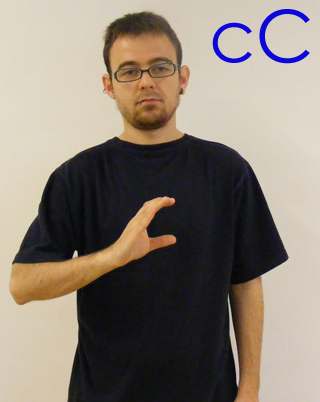
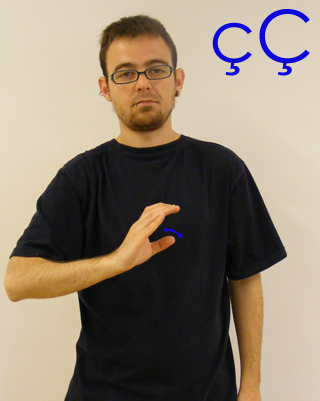




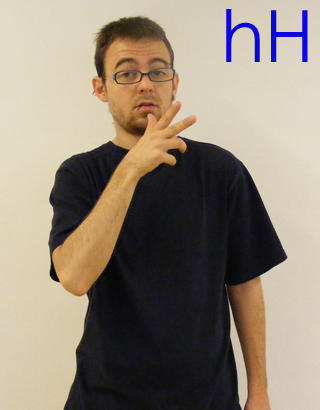
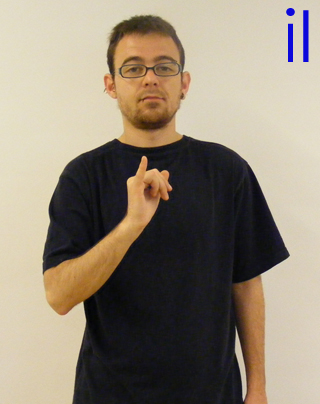
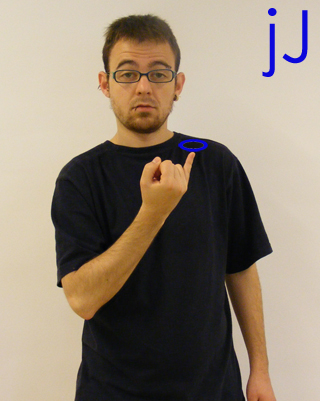



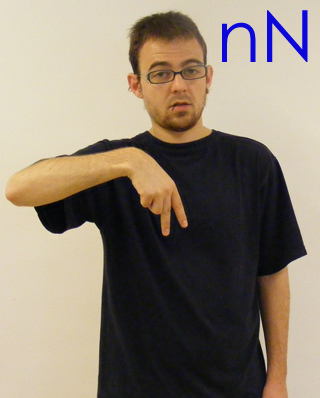
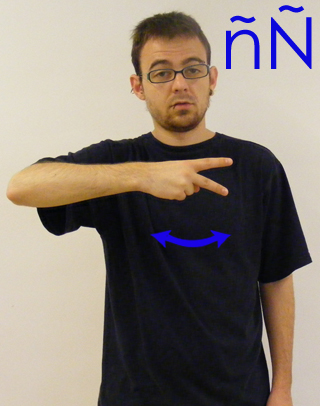


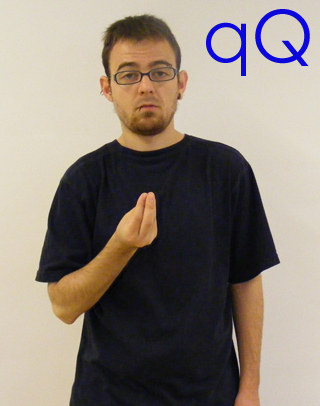

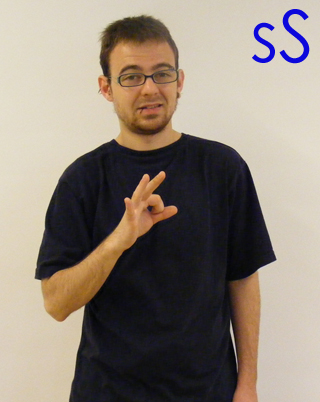

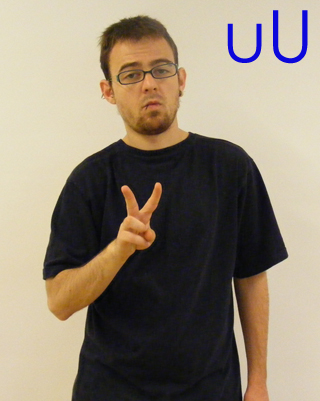
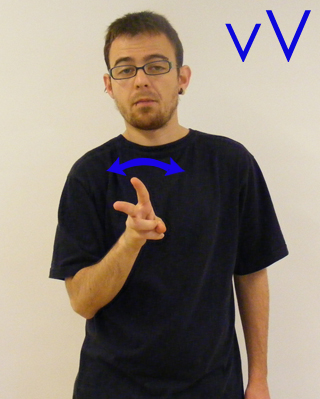

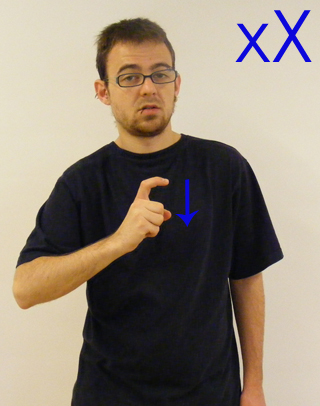
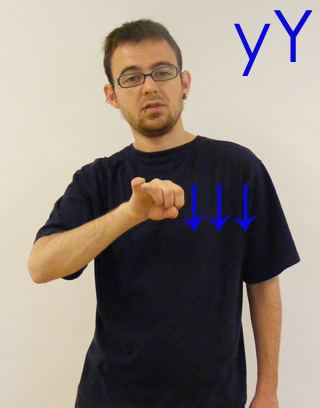

Now that we have seen how letters are shaped we can practice the place of articulation which, as mentioned, will be in a neutral part between the chest and the face and neither too close to nor too far from the body. As we spell out a word our hand will move slightly to the right (or to the left in the case of left-handed people). The person we are communicating with will be able to decode the shapes and follow us more clearly. Here are some examples we can practice with:
CLASSE (CLASS) UNIVERSITAT (UNIVERSITY)
Deaf people do not live with their backs turned to oral languages. In the majority of cases they grow up in environments where spoken language is the vehicular language both at home and in school. Another aspect to bear in mind is that more opportunities are available to them if they are familiar with spoken language, the language of the majority, and this explains why deaf people, even if involuntarily, are more or less bilingual; as is the fact that sign language is strongly influenced by spoken languages. In this sense, hand alphabets have acquired an importance that they otherwise may not have had. Nevertheless, they are normally used in more formal registers where there are no signs for specific terms, such as in the medical field, or in other fields containing technical or specialised terms. They are also used in everyday situations to refer to unknown places or people, or to clarify nuances, etc. The use of hand alphabets will always depend on the context. On the influence of fingerspelling in the development of sign languages, Josep Quer wrote the following:
Although it is a system of indirect representation of the spoken langauge, manual alphabets have a systematic influence on the lexical development of sign languages, to the extent that the letter (usually the first) of the spoken word to refer to the concept in question is sometimes added to the hand sign.
This method of forming new signs is not the only one and may not be the most genuine; it is however quite frequently applied and is a method known as ÔÇťinitialisationÔÇŁ or ÔÇťinitialised signingÔÇŁ. Many signs are articulated by forming the handshape corresponding to the initial of the equivalent word in spoken language. Here are some examples we can practice with:



